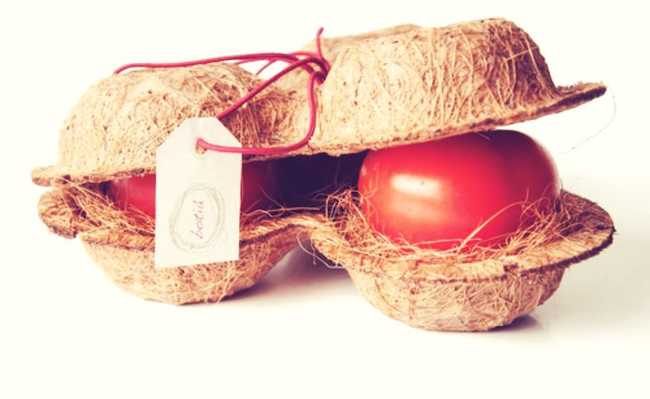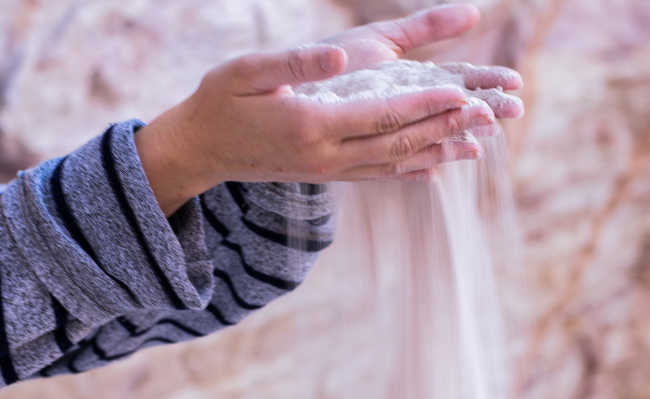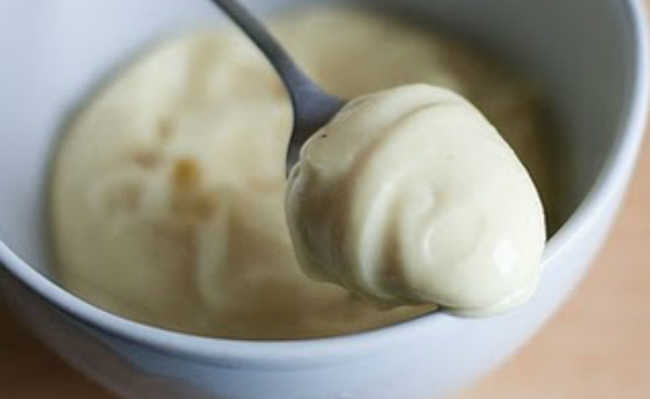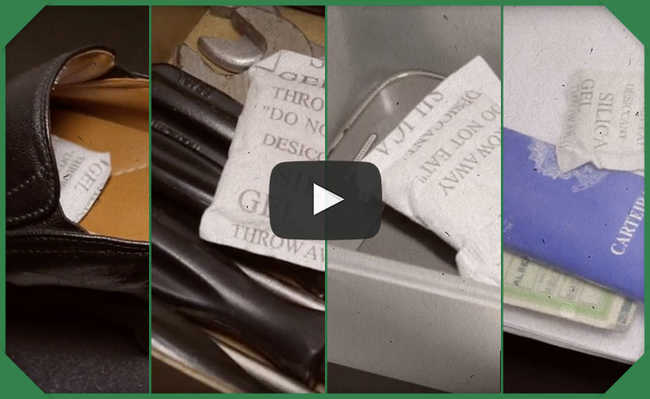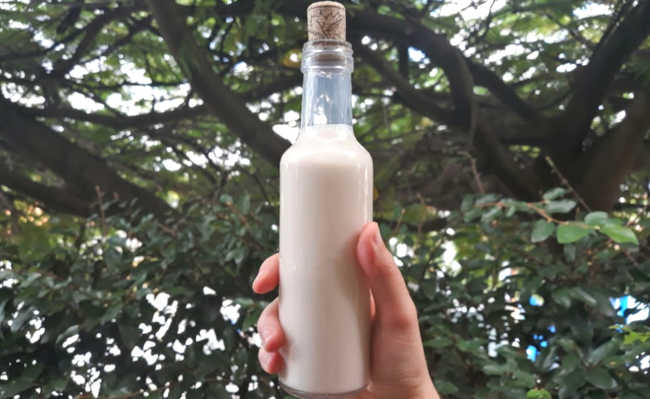Eggshell for crafts and more
Check out eight tips for using eggshell in craft items, plant care and more

Image: Caroline Attwood on Unsplash
You may already know that eggshell can do wonders for your compost, but it's also great for warding off plant pests and even cleaning pots and pans, among other things. This is because it is rich in calcium, potassium and magnesium. Check out eight tips below for using eggshells in handicrafts, plant care, soil and much more.
Tips for taking advantage of eggshells
1. Use how to make candles
To make homemade candles, you will only need eggshell, beeswax or paraffin (tip: reuse the paraffin from used candles, as it is an oil derivative) and 20 cm of wick. How to prepare: After using the egg, wash the shell and dry it well. Then, make an opening in the center of the shell, so that the wick can be inserted later, and place the shell in the empty egg carton, in order to facilitate when placing the paraffin.
Melt the beeswax or reused paraffin in a bain-marie, then place the tip of the wick in it. Then place the wick in the opening of the shell. Then put about 50 grams of beeswax or melted paraffin on each eggshell using a funnel and wait for it to dry before you can light your candle.
If you like, you can paint the eggshell before putting on the wax or after it has hardened.
2. Keep slugs and caterpillars away
Protect your plants from slugs and caterpillars with the aid of eggshell. Slugs hate to crawl on rough surfaces! To do this, spread crushed eggshells on the ground around the plants. The calcium in the egg shell will quickly change the pH of the soil, making it less acidic and driving away these bugs. This way, you also avoid the use of chemical pesticides.
3. Clean pots and rags
The next time you clean a greasy pan, add a few pieces of crushed eggshell to the soap you normally use. These pieces of husk will break down food particles and help remove fat.
4. plant pot

The eggshell can be transformed into a seedbed or pot for small plants. When you break your eggs, try to keep a little more than half of the shell intact. Drill a small hole in the underside of the bark, as this is where the water will run off, thus preventing the water from watering to accumulate in the bark, which is not good for the plants.
- Use the eggshell to make a seedbed
Add some earth to the husk and one or two seeds. Tip: water your seedlings in the morning and over several days, place the seedbed made with eggshells in a cozy space well lit by natural light until the seeds start to sprout. Once the plants have grown a little, you can transfer the seedlings to larger pots with bark and all.
5. Fertilize the soil
Because it is rich in calcium, magnesium and potassium, eggshell helps prevent apical rot (a common problem in tomatoes and other fruiting vegetables). The more contact of the bark with the soil, the more available these nutrients will be for the plants. A simple way to do this is to turn the eggshell into flour.
The first step in the production of eggshell flour is to put the shells to dry in the shade as soon as you use the eggs, because when exposed to the sun, they lose nitrogen. It is not advisable to keep them moist and leave them to dry after they have been open for a long time, as the decomposition of the organic parts that are still wet can cause an unpleasant smell and attract unwanted animals, such as flies.
Some plants, however, may not appreciate the slight alkalinization of the soil that eggshell flour can cause - this is the case of azaleas, primroses, gardenias and carnivorous plants, among others. In that case, put a smaller amount of eggshell flour in order to avoid drastic changes in soil pH.
6. Make better coffee
To prevent your coffee from having a bitter taste (for those who consume more acidic coffee), add ground (and dry!) eggshell to the ground coffee that will be placed in the filter. The calcium in the eggshell reduces the coffee's natural acidity, making it smoother. The rind also helps to remove any loose sludge that would sink to the bottom of the cup. With that, you can have your coffee carefree.
7. Improve compost
Eggshell is mainly composed of calcium carbonate, which is known as "lime" in the agricultural environment. This "lime" decomposes quickly in your compost pile, improving the fertilization of the compost. To do this, you must wait until Let the eggshells dry and then crush them with the help of a cotton bag or hammer. After that, just put the shells in your composter.
8. Make crafts
In addition to all the nutrients, eggshell is also beautiful, resistant and versatile, so it can serve as a raw material for creating various pieces of crafts. Once dry, you can use the shells to create mosaics, decorate vases, boxes and even light fixtures. On the internet it is very easy to find eggshell craft tutorials. You avoid the generation of waste and still exercise your creativity!




